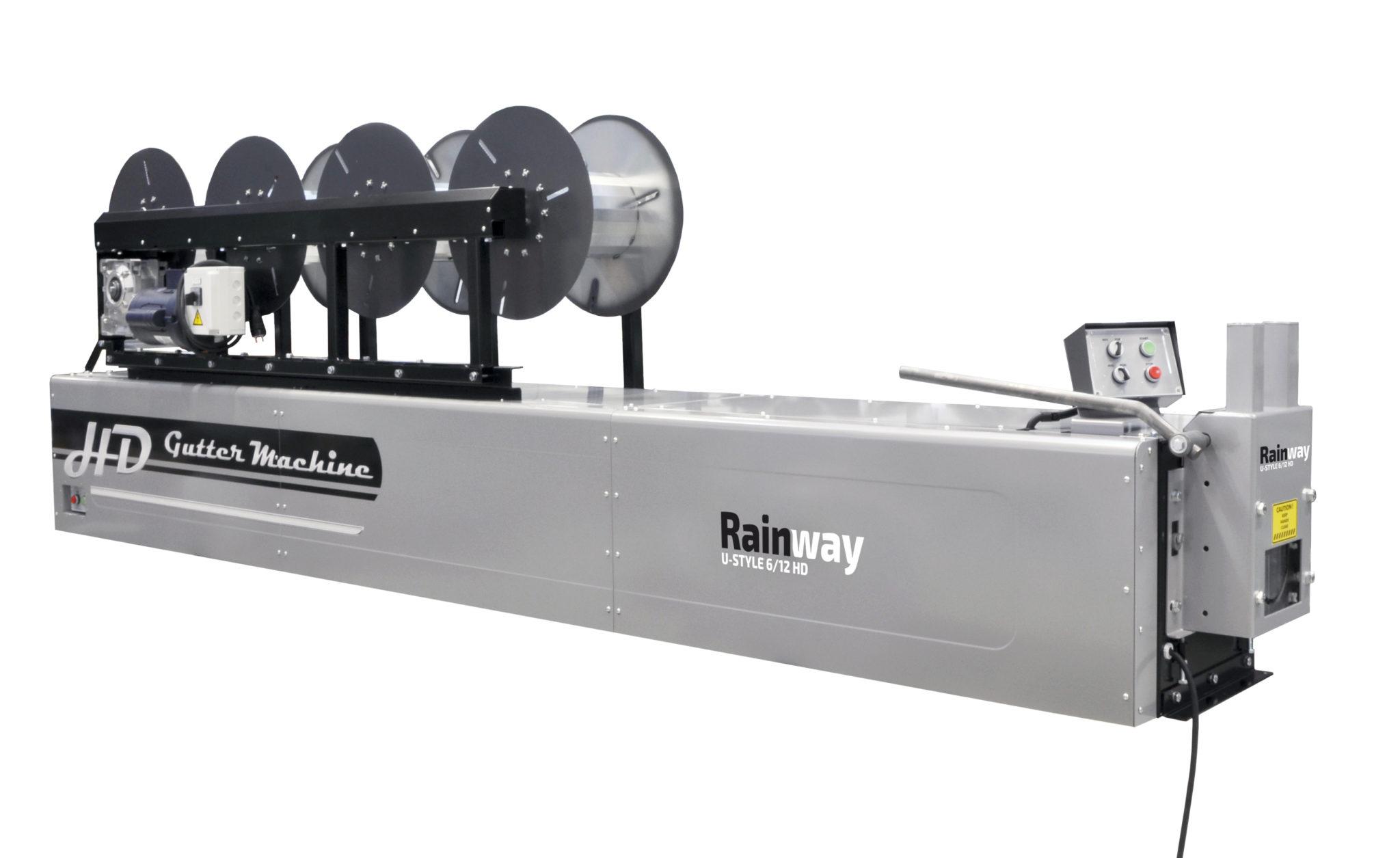

The simplest of this list, the gravity roller conveyor is a frame that holds free-rotating rollers and uses gravity to slide material down the line. Gravity roller conveyor Figure 2: Typical gravity roller conveyor Also, these roller conveyors can be a mix of many designs, depending upon the manufacturer.

We are highlighting the major designations here, but know that more types exist and that there is a lot of overlap between these different types. This section will detail the important kinds of roller conveyors present in the industry. In the next section, we will investigate the different kinds of powered roller conveyors, as there are many kinds suitable for use with a wide range of materials. They can work well in bi-directional applications, as the rollers can direct material in either direction by switching the direction of the motor. This equalizes the rate with which materials move down the pathway, and also allows these conveyors to have limited use in reverse, i.e. The biggest innovation is the drive or live roller conveyor, where each roller is connected to a motor via a belt/chain/shaft to increase controllability. Since the design of these conveyors is simplistic, many advancements have been made to allow roller conveyors to keep up with industry trends. They are ideal for accumulation applications, and the rollers can reduce the inertia of products at a higher speed, making them useful conveyors after high speed sorting machinery. The transported material must have a rigid riding surface that is supported by a minimum of three of the rollers.

They move material from one place to another destination, and often leverage gravity or implement small motors to do so. Simply put, roller conveyors are a form of conveyor belt that utilizes rollers - evenly-spaced rotating cylinders - to allow objects to skate across its surface. What are roller conveyors? Figure 1: Roller conveyor systems are popular for box and package transport.īefore engaging in any specifics, we recommend a look at our article on understanding conveyor systems, which provides a first pass at these handling systems and their basic functionality.
#Forming roller systems englert multipanel how to
The types, designs, and uses of roller conveyors will be explored, as well as how to specify one of these systems for any application. The roller conveyor, or conveyor roller, is the focus of this article and is one of the most popular conveyor varieties employed. There are many kinds of conveyors, but their working principle remains constant across each type move objects via gravity or by mechanical power from one destination to the next by using a frame that holds belts, buckets, rollers, or other moving components. They are integral to all kinds of systems, as they provide a fast and safe method of handling large volumes of materials. Conveyors are material handling systems that allow for easy transporting of products, from powder to bulk to complicated geometries.


 0 kommentar(er)
0 kommentar(er)
